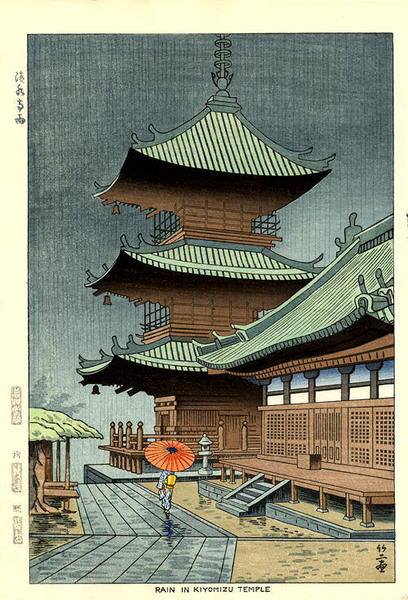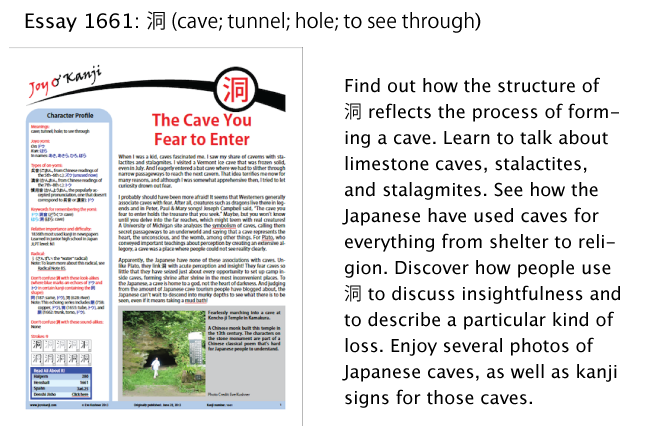Fish in the Trees
My language partner Kensuke-san recently went to Hokkaido and said he couldn't wait to return there—as soon as next month! When I asked what was so great about it, he raved about the "freshness," particularly of the trees. He used this word, which he wrote for me in the Skype chat window:
新鮮 (しんせん: fresh)
I've heard this term applied to food, particularly fish, and in that context, the "fish" radical 魚 always seems perfect. When it comes to food, freshness matters, and with seafood it's imperative, especially for the Japanese.
But fresh trees? As he talked about "fresh" greenery, I kept picturing a fish up in the branches, and I came down with a case of the giggles. Then I thought about the other half of 鮮—namely, the 羊 (sheep) in the trees, and although that was funny, too, it seemed strangely appropriate. My mind went to Haruki Murakami's A Wild Sheep Chase, which takes place in Hokkaido and is partly about sheep, and suddenly I had a lot to explain to Kensuke-san about all these associations.
By the way, Kanjigen says that the 魚 and 羊 in 鮮 mean "fish" and "sheep," respectively, and that 鮮 originally meant "raw meat." That is, 鮮 stood for "meat from a freshly slaughtered animal."
Anyway, I learned from this exchange how flexible a word 新鮮 is. Though it may have originated with "new" (新) and "fresh" (鮮) seafood, it now applies to a great many things.
Actually, I see in my database that my friend Sakuo-san used 新鮮 in a non-culinary way after reading essay 1607 on 塚 (mound, hillock):
貴女のエッセイは、日本人にない新鮮さがあり、とても良いですね。
I like your essay very much because it has a freshness that we Japanese don't have.
貴女 (あなた: you); 日本人 (にほんじん: Japanese people);
良い (よい: good)
He wasn't saying, of course, that Japanese people are musty. Rather, his "freshness" refers to a fresh point of view.

"Rain in Kiyomizu Temple" by Takeji Asano, 1951.
I recently spotted another fish-out-of-water radical on Facebook. I had posted the above image, which is of a famous Kyoto temple, and Naohiko-san wrote this comment:
しっとりとした風情、静かな清水寺もいいですね。
I like the calm atmosphere (of the woodblock print) and the calm Kiyomizu-dera (drawn in it).
しっとり (calm); 風情 (ふぜい: appearance);
静か (しずか: quiet); 清水寺 (きよみずでら: Kiyomizu Temple)
I scanned his words for meaning, but I couldn't stop seeing one thing: 青. His sentence contained three instances of the "blue" radical, even though he never used that kanji and never wrote about anything blue.
I mentioned the pattern, and he said this in reply:
青の色は、好きな色ですが、無意識に出たのかもしれませんね。(笑)
Blue is a color I like, but it may have come out unconsciously! (LOL)
青 (あお: blue; green); 色* (いろ: color); 好き (すき: liking);
無意識 (むいしき: unconsciousness); 出る (でる: to come out)
Maybe the blue-green of the temple rooftops put that 青 in his mind. The color in the image is so fresh, in fact, that I'm surprised there wasn't a fish flopping around in the middle of his sentence, as well.
Where there's fish, there's water (or is that smoke and fire?). I was surprised to find the "water" radical 氵 in the kanji of the week, 洞 (cave; tunnel; hole; to see through). In my experience, most caves are fairly dry, though damp. But water formed them, whether it was a stream running under a mountain of limestone or the sea repeatedly crashing into a rocky cliff. The etymology of this kanji reflects that geological history! It doesn't get much cooler than that.
Here's a preview of essay 1661 on 洞:

I will be on vacation, so my next posting won't be until July 19! Until then, be well, and take lots of time to smell the fish in the trees.

Comments